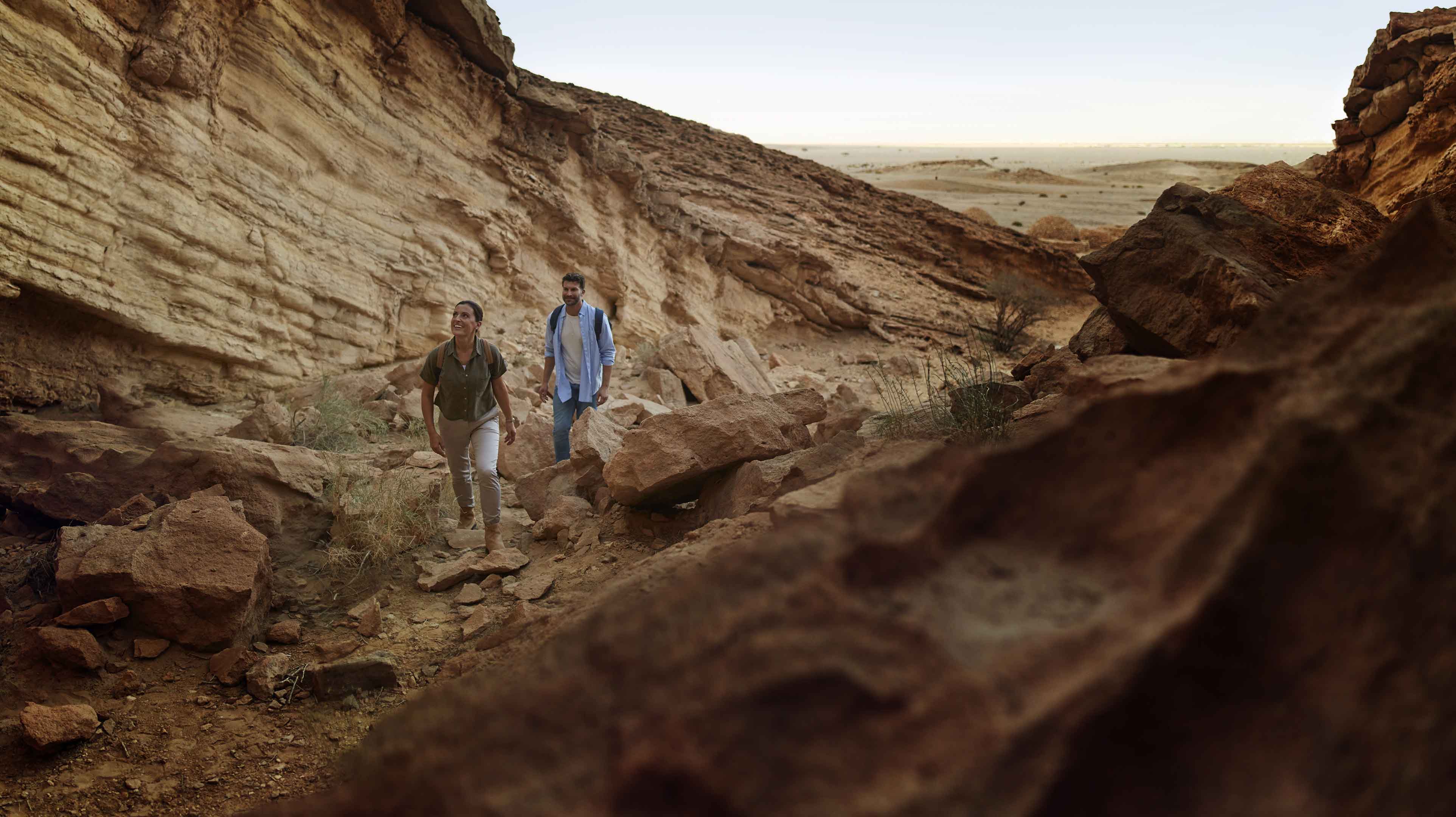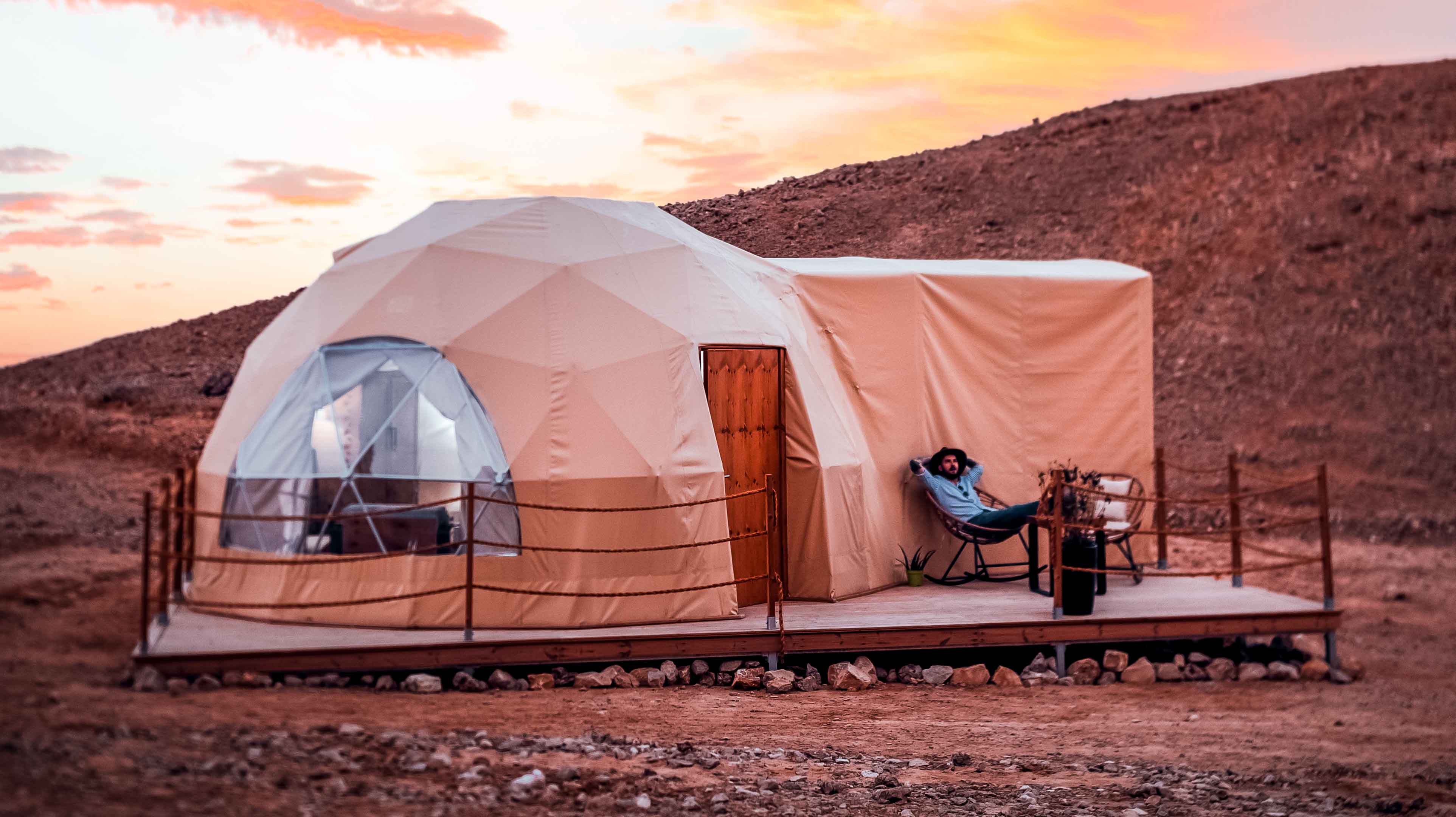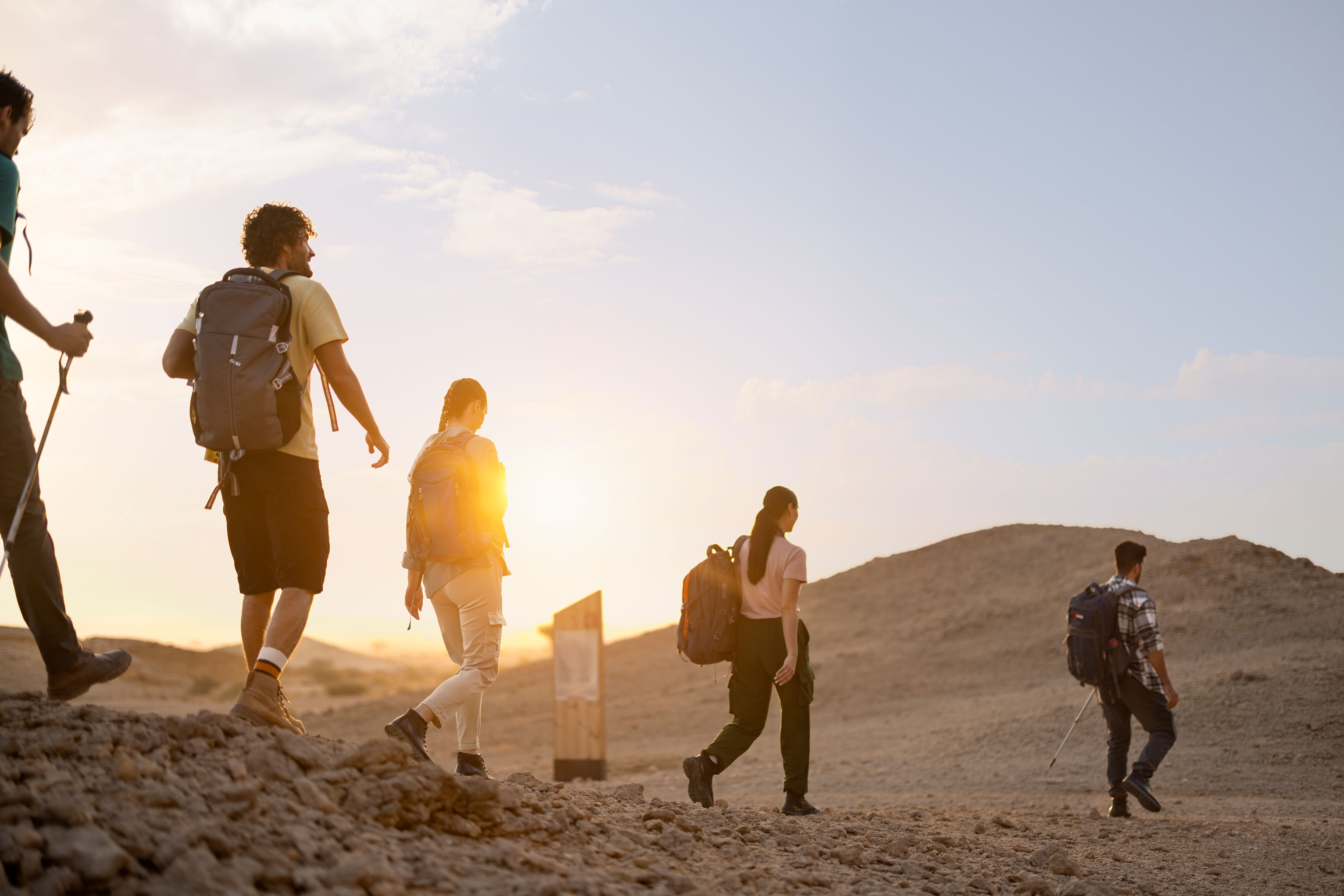See All
Jebel Hafit Mountain
Jebel Hafit, Al Ain
For incredible sunrise and sunset photos, as well as majestic views of Abu Dhabi’s lush garden city of Al Ain, head to the top of Jebel Hafit mountain (also known as Jebel Hafeet). Rising to a height of 1,249 metres, this skyline-dominating peak is Abu Dhabi’s highest, and the UAE’s second tallest. Reach the summit of this rocky mountain by car, motorbike or, if you have the stamina, bicycle.
Standing guard on the borders of Oman, this Al Ain mountain has been weathered over millennia, with significant fossil discoveries made in the area being vital pieces in the jigsaw that makes up the city’s ancient history.
Once described by edmunds.com (the automotive information online source) as being “among the world’s greatest driving roads”, once you’ve reached the top and soaked up the breathtaking views, you can head over to the nearby Mercure Grand Jebel Hafeet Hotel for a meal.
At the foot of Jebel Hafit, occupying a nine-kilometre stretch, sits the family-friendly Jebel Hafit Desert Park. Boasting majestic natural surroundings, here you can hike, mountain bike or enjoy a horse or camel ride and discover fascinating archaeological and historical remains that tell enchanting stories of this unique area’s ancient habitation. These archaeological remains include remnants of the Neolithic period from 8,000 years ago, to the 5,000-year-old Jebel Hafit Tombs excavated in 1959 at the request of the late Sheikh Zayed bin Sultan Al Nahyan, Founding Father of the United Arab Emirates.

These tombs mark the beginning of the Bronze Age in the UAE, with excavations by Danish archaeologists finding evidence of ceramic vessels and copper artefacts, indicating the importance of maritime trade across the Arabian Gulf even then. The tombs are single-chamber tombs and are made of local, unworked or roughly cut stones. These differ from later Umm an-Nar tombs in the area, which were made from finely worked blocks and contained the remains of hundreds of people.
In 2011, UNESCO recognised the Jebel Hafit Desert Park area as being a vital component of the World Heritage Site of Al Ain, the UAE’s first World Heritage Site.
Jebel Hafit Desert Park not only preserves the area’s rich history but also its unique biodiversity, encouraging visitors to experience this dynamic landscape up close and understand how it has changed over millions of years.
For a memorable break that caters to travellers of different tastes, the park offers guests three camping experiences: basic camping for which you need to bring your own equipment (you’ll find inexpensive camping gear at several Al Ain and Abu Dhabi city stores); fully serviced camping, including breakfast, in a camp showcasing Bedouin (nomadic Arab people) tents; and furnished, five-star bubble glamping tents complete with air-conditioning.
You’ll be able to see the incredible Jebel Hafit Tombs on a guided hike through the area.

Frequently asked questions about Jebel Hafit.
What is special about Jebel Hafit?
Jebel Hafit is Abu Dhabi's highest, and the UAE's second tallest peak. In addition to its altitude, the mountain is famous for its route and the incredible views surrounding it.
Where is Jebel Hafit?
Jebel Hafit is located in the lush garden city of Al Ain.
How many tombs are there in Jebel Hafit?
Jebel Hafit is home to more than 500 ancient tombs.
What does the name of Jebel Hafit mean?
Jebel Hafit translates to 'empty mountain'.









